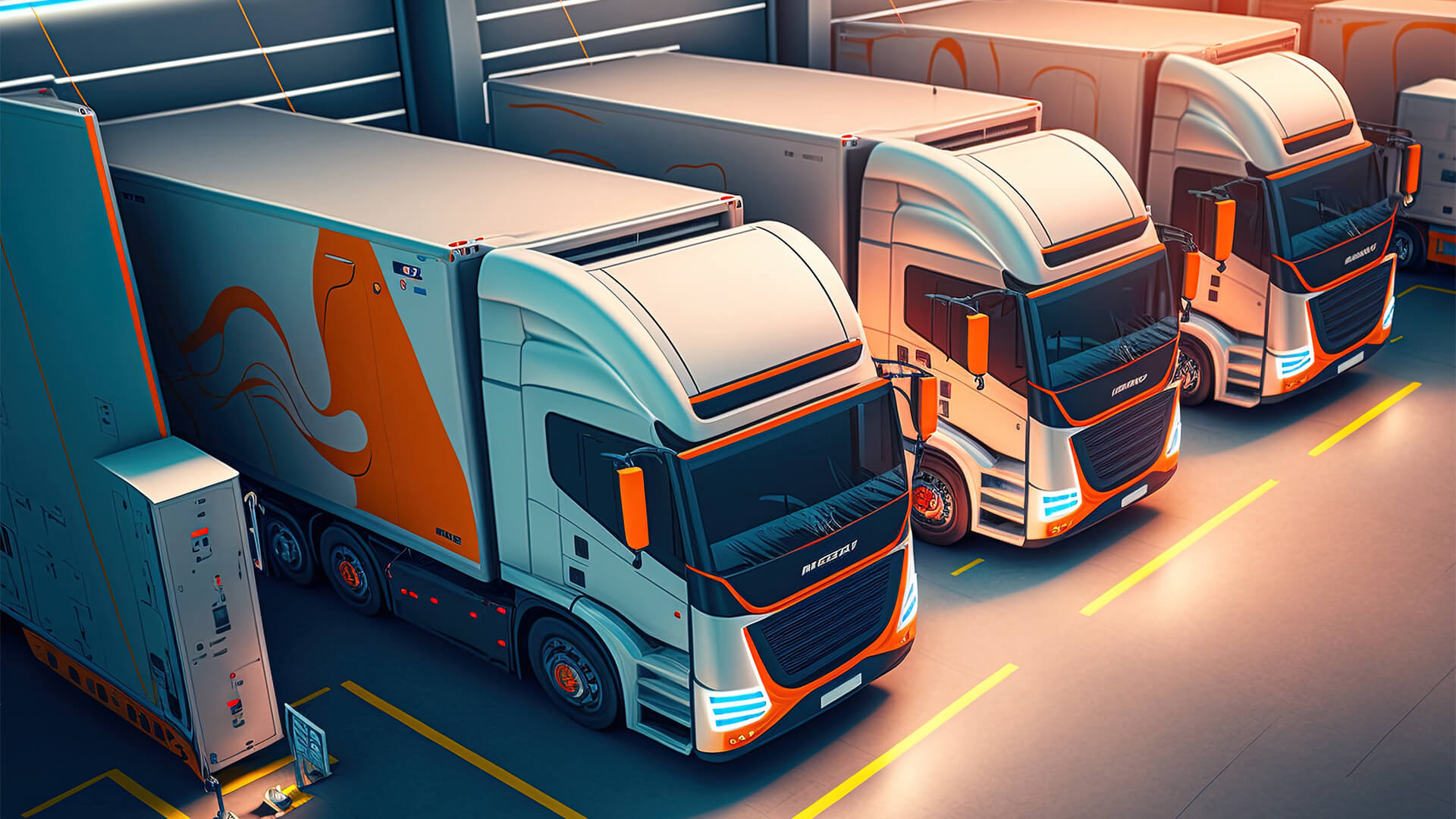It’s not just a cost-of-living crisis that is giving cause for financial reassessment, the rising cost of fleet management is forcing many businesses to reassess partnerships and service provider relationships. After salaries, fleets can represent one of the biggest operational costs for a business, so careful selection of outsourced expertise can make a significant difference to the bottom line. With so much at stake, Venson Automotive Solutions is reminding fleet managers that the procurement process is not something to be rushed and offers valuable advice on how to plan, implement and succeed in tendering.
“Whether a business is obliged to put their fleet contract out to tender, is seeking a new supplier or simply benchmarking the market to have leverage with their existing supplier, a good tender document is invaluable,” commented Simon Staton, Director of Client Management at Venson. “One that is well structured and thought-out will help a business secure the right partnership, value for money and the level of service needed to meet their operational objectives.”
It is important that a tender document is concise, to the point and clear, which means it needs to have been written by – or at least in collaboration with – those who have the necessary knowledge and experience. The author should understand the wider market as well as their own organisation and how it operates its fleet. Involving more than one person when preparing the tender document will ensure the final version accurately reflects the fleet requirements and attracts a proposal from the right partner.
Tender documents that ask ill-informed questions, request irrelevant information, and generally have no focus as to why the process is being undertaken can lead to suppliers deciding not to respond to the tender, or providing an inaccurate response. This can leave an organisation with an arrangement that is no better, or potentially worse, than their current one. Intelligent, focused questions will enable suppliers to provide detailed answers that in turn will enable organisations to truly focus on implementing the most appropriate solution for their fleet requirements.
If a business has very specific needs, it may be worth investing time in market research to identify and meet with suppliers who are potentially capable of meeting those requirements. This will fast-track the next stage of the process by removing unsuitable prospects from the pool and allowing potential partners to gain a better understanding of the requirements and put together a better proposal.
Simon Staton continued, “Even when the reason for going to tender is to reduce costs, decision-makers must not get caught up in just the upfront cost – every supplier offers something different, as well as different added-value options and a different level of value for money. The procurement department in conjunction with the fleet team, should focus on choosing the best partner for the current and future business needs, even if that does not come at the lowest upfront cost.”
Venson’s Top Tips for a successful fleet tender process
- Collaboration is key – even if the procurement department take the lead in the process, it is vital that they take advice and information from key parties with appropriate skill sets – e.g., the fleet manager, finance department, HR, H&S, environmental manager and legal.
- Define the requirement – the tenderer should decide the aim and what is to be achieved by going out to tender, as well as opportunities for improvement within the current fleet structure. Priorities and strategies will vary for every business across a wide range of factors such as value for money, quality, reliability and service. Discussing and listing the agreed priorities will help to streamline the tender process.
- Identify the best potential suppliers – read the fleet press, talk to peers, attend industry meetings/network to find the handful of organisations that are likely to be the most suitable supplier of products and services to meet requirements. Incumbent providers should not be ignored unless there has been severe service or contractual issues.
- Consider pre-qualification – issued prior to the invitation to tender, a pre-qualification document can improve efficiency by defining the ‘best fit’ shortlist of bidders to progress to the tender stage. Pre-qualification meetings can begin a dialogue and help potential suppliers to ‘get under the skin’ of the organisation and truly understand its goals.
- Seek a future-proof supplier – selecting suppliers with knowledge of the latest marketplace developments, and that are investing in innovative solutions, allows fleets to make the right decision that will be effective in the longer term.
- Carefully consider the tender content – key questions should focus on operational delivery; what’s important to the fleet operator/fleet department and the organisation. The tender document should reflect what is happening within the fleet and tackle specifics. Potential suppliers can then deliver solutions that address those issues.
- Create a structured tender – good, advanced planning and a clearly structured, well thought-through tender document will reduce the likelihood of suppliers asking numerous questions, which would lengthen the tender process unnecessarily.
- Meet the bidders – a visit to the shortlisted suppliers’ premises helps to understand more about the supplier. Their business set-up, the experience of the teams who will be supporting the contract and how they interact and manage their existing customers.






